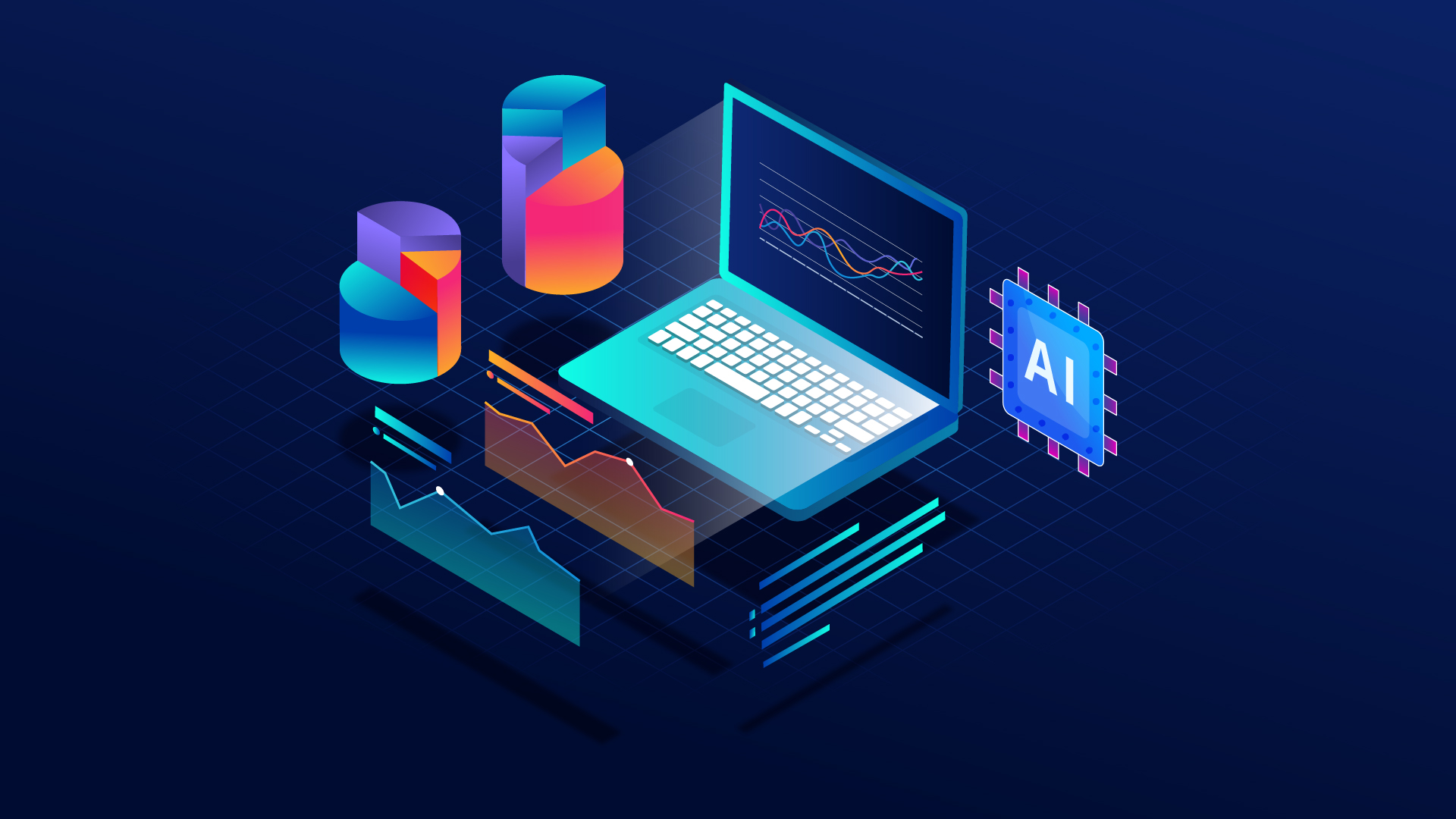Unlocking the Power of Data Analytics: A Deep Dive into Descriptive, Predictive, and Prescriptive Analytics, and the Role of AI in Shaping the Future
In an era where data is the backbone of strategic decision-making, the ability to harness analytics is becoming increasingly critical for businesses seeking to gain a competitive edge. This blog explores three foundational pillars of data analytics—Descriptive, Predictive, and Prescriptive Analytics—and delves into how advancements in Artificial Intelligence (AI) are set to revolutionize these analytics, enabling even deeper insights and more sophisticated decision-making capabilities.
Descriptive Analytics: Building the Foundation with Historical Insights
Descriptive Analytics is the first step in the data analysis journey, providing a clear picture of historical performance by answering the question, “What happened?” This type of analytics involves aggregating, cleaning, and visualizing data from past events to identify trends and patterns.
How Descriptive Analytics Works
Descriptive analytics transforms complex datasets into understandable formats such as charts, graphs, and reports. By summarizing data from various sources, it offers a comprehensive overview of historical performance. For example, a retail company might use descriptive analytics to examine sales data from the previous year, identifying peak seasons, best-selling products, and customer demographics.
Predictive Analytics: Anticipating Future Trends
Predictive Analytics builds on descriptive analytics by leveraging historical data to forecast future events. It aims to answer, “What is likely to happen?” By using statistical models and machine learning algorithms, predictive analytics identifies patterns that can help anticipate future trends.
Prescriptive Analytics: Optimizing Decision-Making
Prescriptive Analytics is the most advanced form of data analysis, moving beyond forecasting to recommend specific actions that optimize outcomes. It answers the question, “What should we do?” by combining predictive insights with decision-making algorithms.
The Role of AI in Transforming Analytics
As AI continues to evolve, it is poised to significantly enhance the capabilities of descriptive, predictive, and prescriptive analytics. Here's how AI is set to transform each type of analytics:
Conclusion: Embracing the AI-Driven Analytics Revolution
As businesses continue to embrace AI, the landscape of data analytics is undergoing a profound transformation. By adopting these advanced analytics techniques, businesses can unlock the full potential of their data, driving smarter strategies, optimizing performance, and gaining a sustainable competitive edge in an ever-evolving market.
